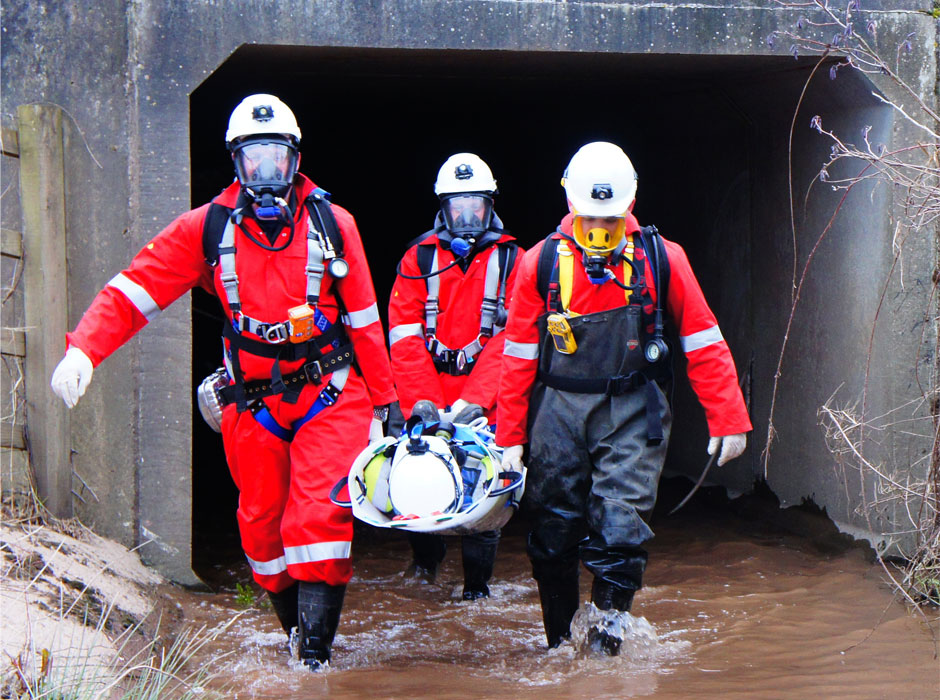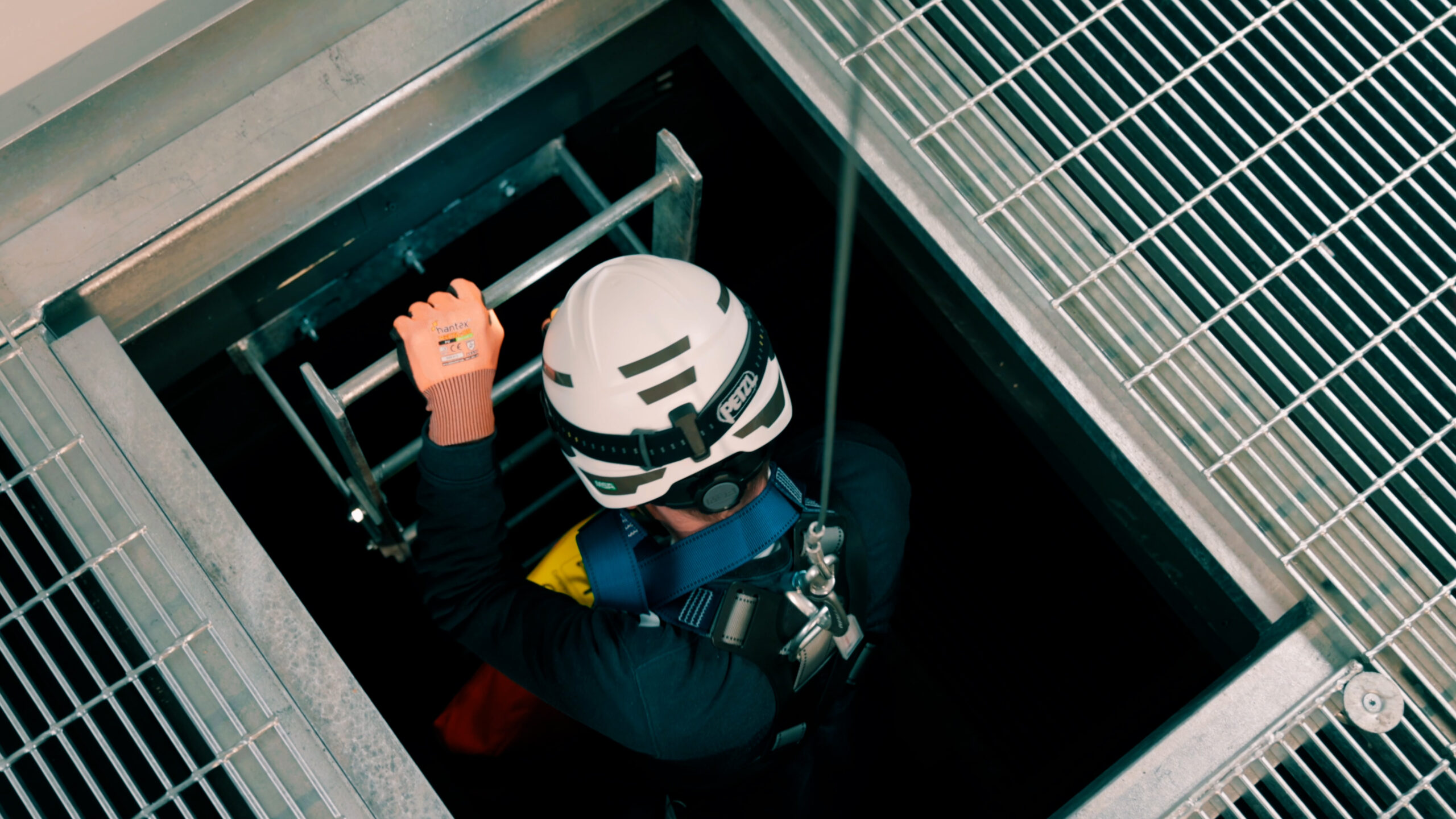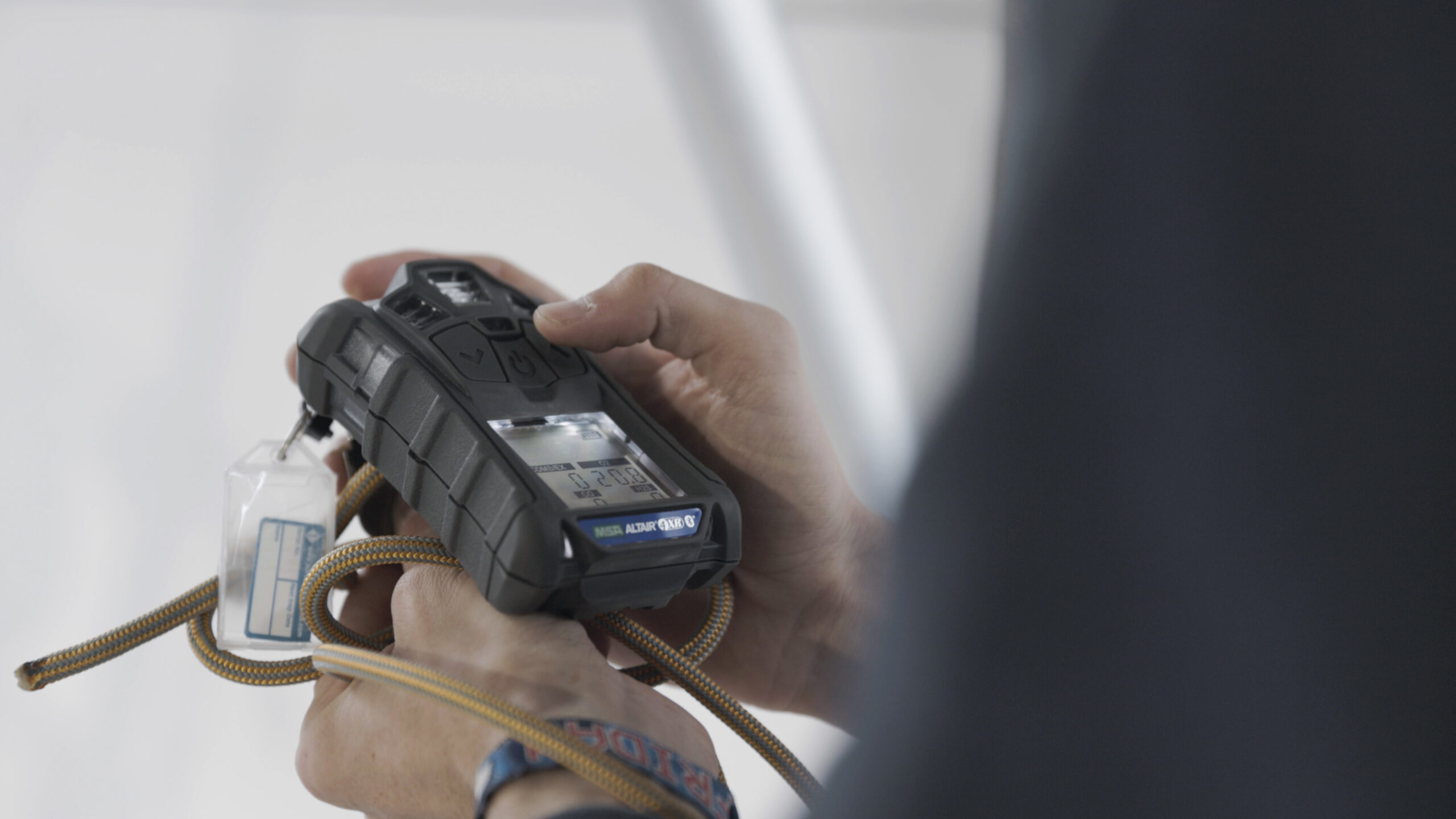
Understanding Different Classifications of Confined Spaces
Confined spaces are any partially or fully enclosed areas where one or more specified risks may be present. Because of these criteria, it can be challenging to define a confined space, so each area should be assessed individually for classification.
In this article, we’ll explore the main hazards of working in confined spaces, the various types of confined spaces, and the importance of confined space rescue training.
Dangers of Working in Confined Spaces
According to HSE, around 15 workers in the UK lose their life every year in confined space accidents. Causes may involve an inability to recognise the confined space and its risks, inadequate safety systems, and failed rescue attempts.
Indeed, studies by the US National Institute for Occupational Safety and Health (NIOSH) have found that approximately 60% of confined space fatalities involve would-be rescuers.
Confined Space Classification Types
Using the Confined Space Regulations 1997 and the Approved Code of Practice (ACOP) L101 will help determine if an area is a confined space. If it is classified as such, a comprehensive risk assessment must be conducted, and appropriate controls for the foreseeable risks must be implemented.
The risk assessment will classify the space as low, medium, or high risk. Here are some considerations for each category:
 Low-risk confined spaces have:
Low-risk confined spaces have:
- Shallow entry points
- Adequate natural or mechanical ventilation
- Simple and unobstructed access
- No likely risk of flooding
Medium-risk confined spaces have:
- Possible restricted entrances
- Realistic expectations of a specified risk being introduced
- Planning allows for self-rescue or non-entry rescue
- Use of escape breathing apparatus
High-risk confined spaces:
- Specified risks that cannot be controlled or eliminated
- Potential hazards such as gas leaks, mechanical/electrical faults, or the danger of igniting the atmosphere
- Possible access issues considering rescue capabilities
- Rescue plan must reflect this level of risk
- Use of self-contained breathing apparatus (SCBA)
Why Confined Space Rescue Training Is Crucial
Working in confined spaces exposes individuals to various potential dangers, some of which might cause serious injury or prove fatal.
Therefore, a rescue plan is required, along with competent confined space rescue training and assessment. This training provides individuals involved in rescue and recovery activities with the skills and competencies needed to assess risk and control hazards that may endanger the safe rescue of others.
Eurosafe offers training courses that cover all areas of confined space operations, including providing all necessary equipment to ensure the safety of trained operatives. We have a mobile confined space training unit, which allows most confined space training courses to be conducted on-site.

















